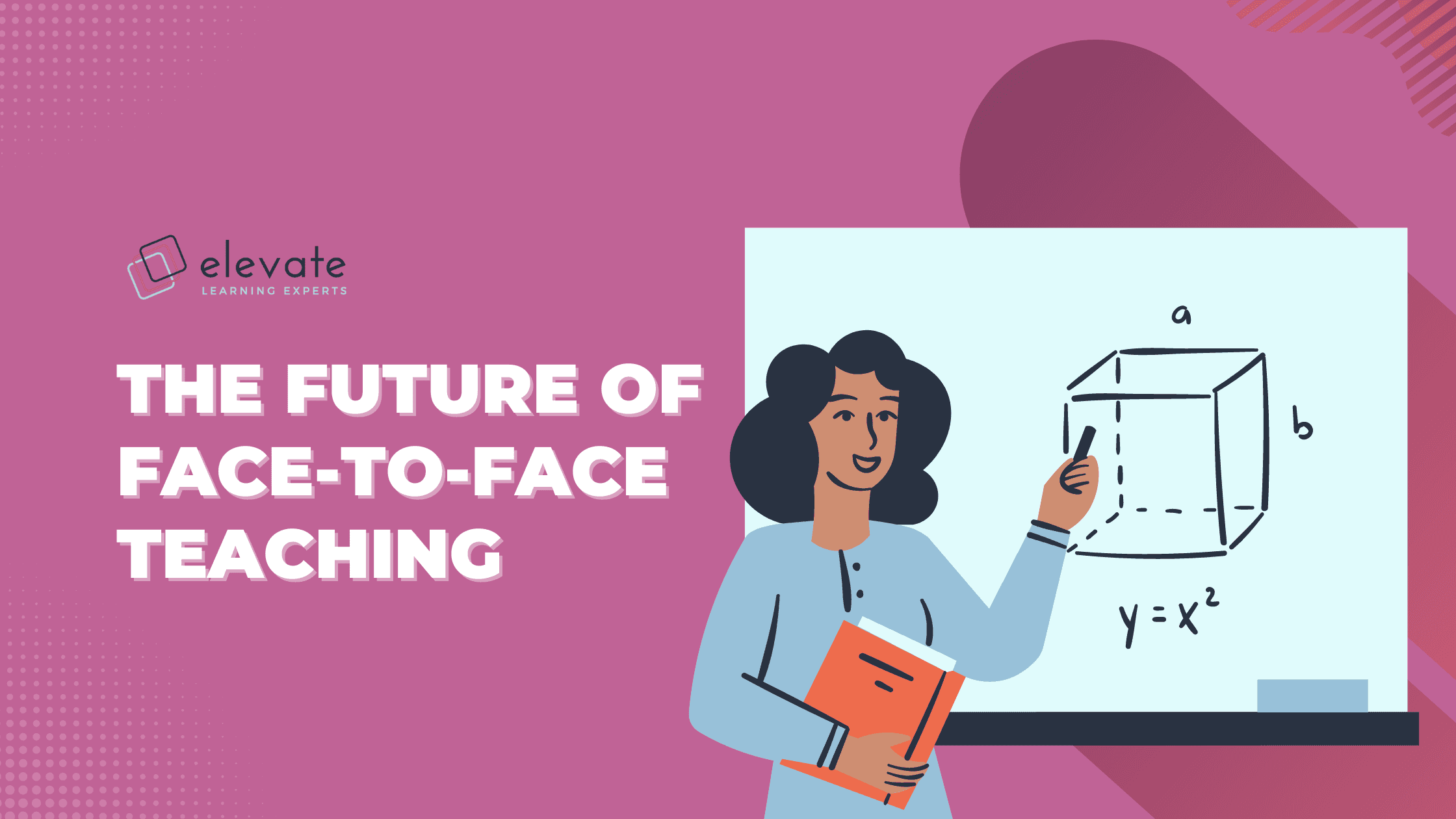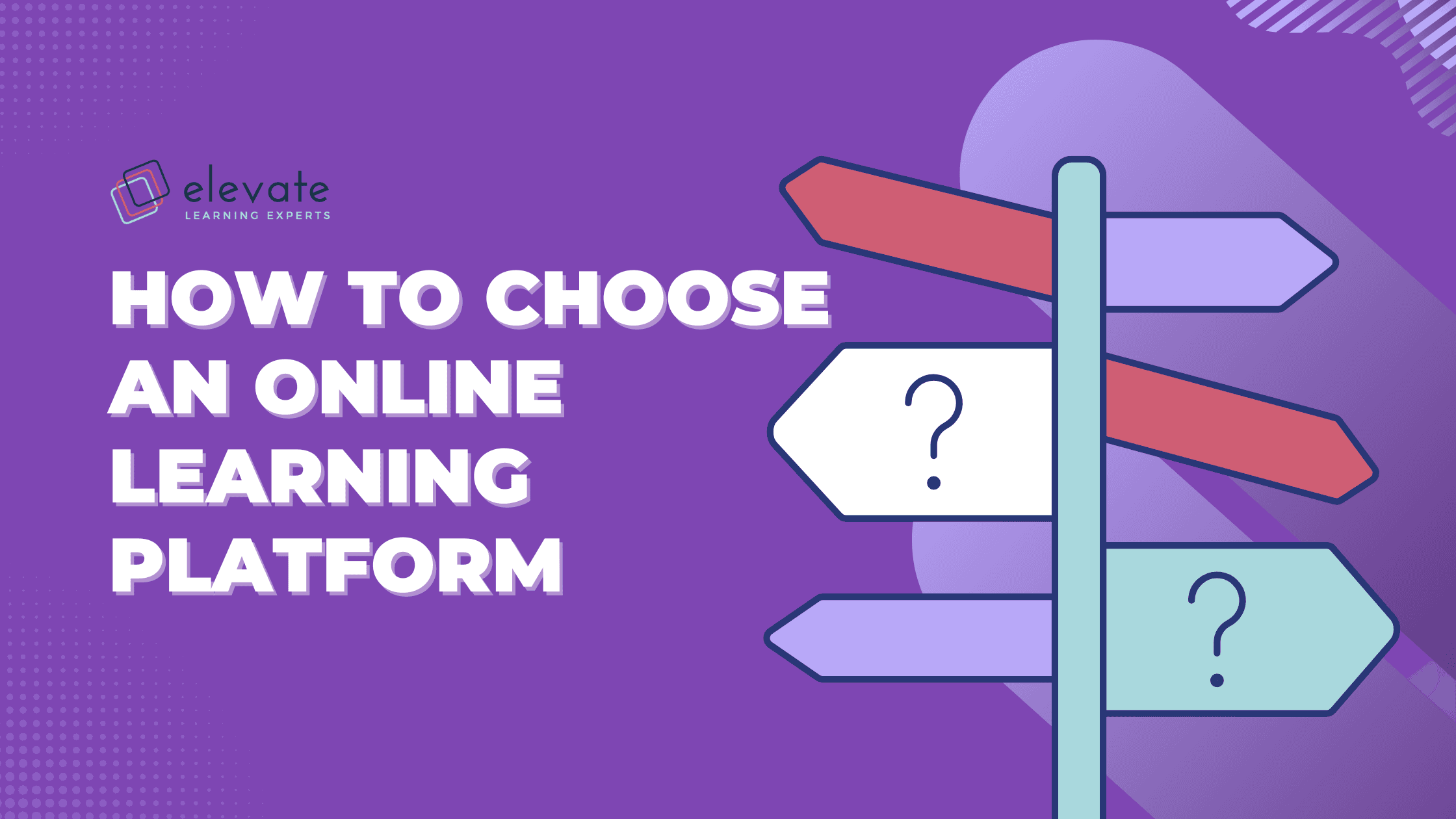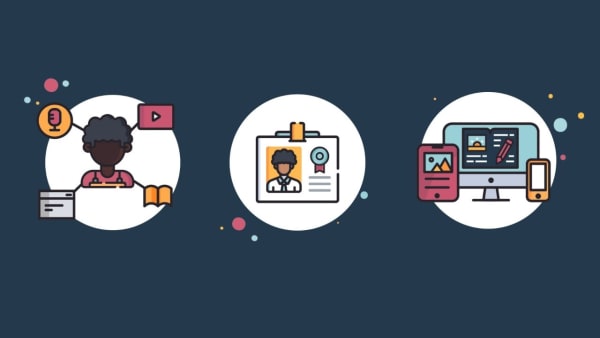
We all know that digital technologies have completely revolutionised the way we acquire new knowledge, behaviours and skills. And the COVID-19 pandemic only accelerated what we all knew was coming (and which some were probably resisting) - that every aspect of our lives, from our health and political systems to our shopping experiences, jobs and workspaces, and our education systems, would become digitised.
This realisation has been on the horizon for many years, but it seems learning professionals are only just beginning to understand the potential for digital to transform the way we think about the design and delivery of learning experiences. While digital transformation is easy to dismiss for a number of reasons, the most common cited as budgetary constraints coupled with a healthy dose of change fatigue, if organisations want to remain relevant, to attract talented individuals, and to create a culture where learning opportunities are maximised, it’s essential that they look at current and future digital learning trends and to capitalise on the opportunities they present to shift the way we do learning.
Here are 3 predictions for the future of learning that learning and development professionals should keep their eyes on for 2022 and beyond.
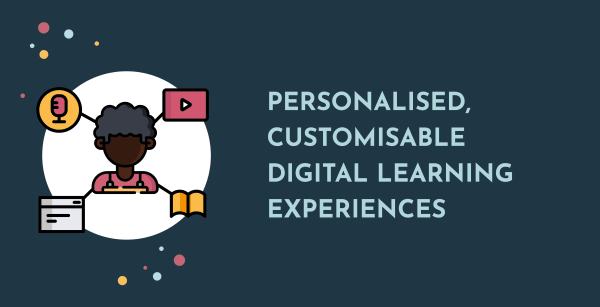
There’s a lot that learning professionals can learn from the digital marketing and advertising industry, the most crucial being that of personalising customer experiences. Over the years, we’ve all experienced the effect of more granular targeting of online ads, to the point where they feel invasive, but are also highly effective (as we add an item to our cart from an ad we clicked on). When it comes to learning, we need to be adopting the same customer-centric approach to designing and delivering digital learning experiences. Gone are the days of presenting one-size-fits-all content year on year. Learners want practical, tangible skills that they can apply to their personal contexts. They want experiential learning, case studies and examples from real world role models, and they want to be able to design their own learning paths. The personalisation of learning allows users to create their own lifelong learning pathways and structure it around their own needs and values as they shift over time.
But this means we need to rethink the way we design learning so that it invites learners to access content as and when they need it, and in a way that is meaningful to their contexts. Digital learning enables this, but it requires a shift in strategy - from custom developing learning content to curating the best of what’s freely available, and using smart technology to automate the process as far as possible, and intuitive, individualised communication to reel them in and keep them engaged. This will allow learners to have a more customised learning experience, programme managers and learning designers develop content strategies centered on curation, and heads of L&D to better track, manage and predict performance and return on investment.
This challenges the traditional forms of learning which are based on an annual training calendar or national curriculum, and which do not allow for flexibility or customisation based on learner need. This is one of the many drivers behind the migration to online learning that we have seen over the past decade and will continue to see as time progresses. It’s all about the user acquiring knowledge in the most personalised, engaging and efficient way possible, whilst still being measurable and practical, and making use of technology to drive this strategic shift in thinking.
<img src=https://res.cloudinary.com/elevatelearning/image/upload/c_scale,w_600/v1652430443/site-articles/the-future-of-digital-learning-predictions-for-2022-and-beyond/multi-platform-learning-ecosystems_kobjpc.png” alt=“Multi-Platform Learning Ecosystems” title=“Multi-Platform Learning Ecosystems” class=“img-center”/>
At Elevate, we’ve long held the view that technology is simply an enabler of more integrated, personalised and impactful learning experiences, but far too many of us expect technology platforms to drive the strategic learning agenda. If we’re wanting to meet learners where they are, we need to realise that they are everywhere, making connections with each other online, putting their learning into practice in the real world, and seamlessly switching between devices, platforms and networks. How we adopt learning technologies needs to mirror this perspective, not shuttle learners into one system to learn.
A 2021 literature review by Sumitra Pokhrel and Roshan Chhetri found that the most popular E-learning tools currently used are integrated collaboration platforms such as Google Classroom, Microsoft Teams and Blackboard. This is due to their respective ability to enable organised, customisable and measurable learning experiences for users.
But this means we’re moving away from a single learner management system, learning experience platform, virtual learning environment, or the host of other acronyms for learning systems that privilege one feature at a time. We want learning systems that offer personalised, self-directed and structured cohort-based learning paths, social learning functionality that emulates popular social media networks, accurate (and predictive) reporting and learning analytics, and gamified learning experiences. In reality, there’ll never be one system that can cater to all of these competing priorities, be customisable to your organisational needs, and that can integrate effortlessly with your existing tech stack.
In as much as we make use of different e-commerce sites to buy a range of products, and different social media and communication apps to engage with others online, so too should we as learning professionals adopt multiple platforms to deliver learning experiences depending on their specific functionality. Ultimately, we want to create seamless digital experiences, despite the use of multiple platforms in the background.
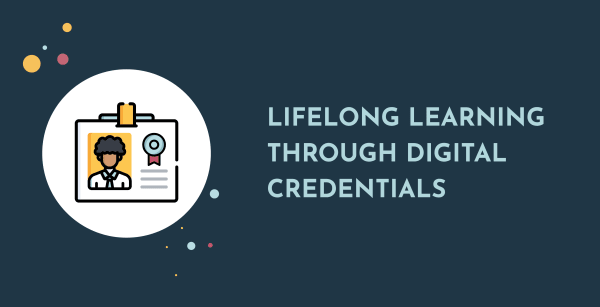
The traditional learning transcript is flawed - it’s a limited, closed archive merely displaying courses attached to a numerical grade. Valuable information such as levels of mastery, a description of skills obtained, extension activities or stretch projects which have impacted the learner’s development, as well as personal factors such as motivation, creativity and leadership potential to name a few, are missing. Students are also met with slow turn-around times when requesting transcripts from third party institutions and cannot freely access them without permission.
As a result, we’re seeing an increase in educational institutions around the globe implementing blockchain technology to present encrypted badges, certificates, diplomas and transcripts to its students. In 2018 the University of Nicosia (UNIC) in Cyprus was the first university to provide full blockchain credentials, including all certificates and diplomas and since then, many have followed suit.
“[Blockchain allows] for the permanent documentation of both formal and informal learning based on transversal competencies, adjustable across the economic sector and responsive to situational needs,” (Jirgensons & Kapenieks, 2018:145).
And in our Learning Experience Design Essentials conversations with Peter Thomas, Director at HaileyburyX, and Dr Sean Stein Smith, CPA and Professor at Lehman College, blockchain credentialing will increasingly become a secure and trusted way to manage a range of digital learning experience elements, of which badging, certificates and transcripts are the most obvious.
Digital credentials not only grant users immediate access to results, but they cut administrative costs while also providing superb security to student records. And in addition, individuals without university degrees are now able to develop new skills and obtain authentic credentials, particularly in countries like South Africa.
“Blockchained microcredentials have a special role to play in Africa and other developing nations where students have limited opportunities to study abroad and with available online courses are able to collect academic credentials” (Jirgensons & Kapenieks, 2018:148).
Towards a Future of Digital Learning
We are naturally lifelong learners; we are constantly learning and adding new skills to our inventory, and having a way to personalise those learning experiences, through platforms that enable and authenticate, is how we’ll be able to take advantage of what digital has to offer. The reality is that digitised learning is rendering traditional teaching obsolete. And it’s in this mix of optimising our learner experiences, integrating multiple learning platforms as ecosystems, and adopting future technology trends that as learning professionals we remain relevant.
References
Jirgensons, M., & Kapenieks, J. (2018). Blockchain and the future of digital learning credential assessment and management. Journal of teacher education for sustainability, 20(1), 145-156.
Pokhrel, S., & Chhetri, R. (2021). A literature review on impact of COVID-19 pandemic on teaching and learning. Higher Education for the Future, 8(1), 133-141.
For more learning trends, visit the Elevate Learning website.
